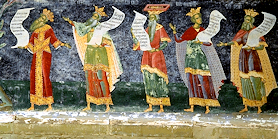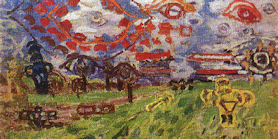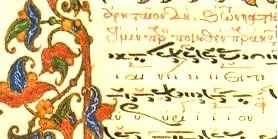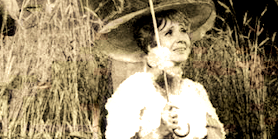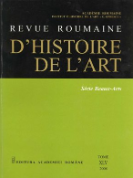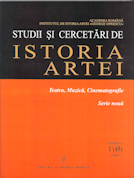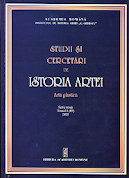The art historian is a creator as much as a preserver of cultural memory, bringing order and coherence into our vast artistic heritage. Under the classic definition, the role of art history was to highlight the characteristic traits of specific schools, currents or trends pertaining to a given time and place, to trace filiations and identify turning points, to link artistic creation to its background. However, this is never a neutral approach; to question the past is to discover it anew. Revisiting the past, art historians shape their object of inquiry according to their own vision, sensitivity, and preoccupations. The art of a bygone age is liable to change under the scrutiny of fresh eyes. Preference as well as order of preference shift from one age to another, and art historians are agents in this process. They reveal long-forgotten traditions, while reassessing the cannon and expanding their toolkit. Throughout the 20th century, new techniques of interpretation were developed by borrowing methods from sociology, semiotics, and anthropology. The art of the past is never silent, and art history, both as narrative and analysis, reconstruction and decryption, spells out its message. This is the task that the members of our institute have committed themselves to.
Visit our website to discover the world of people for whom art is a passion as much as an object of study. Welcome to G. Oprescu
Quick links:
IAH LIBRARY – ONLINE CATALOGUE
Periodicals issued by G. Oprescu Institute of Art History:

